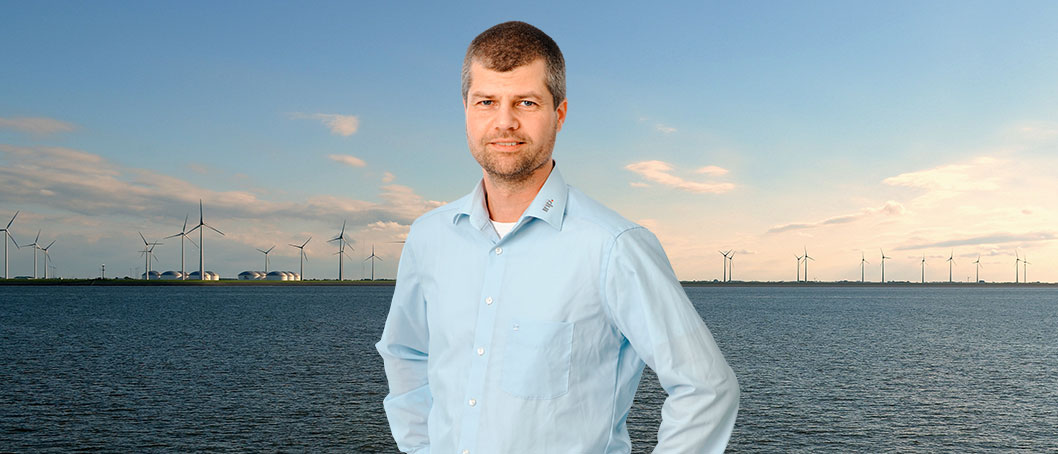Michael Ohmer
Head of Energy and Heat Supply
INP Deutschland GmbH
Werkstraße 5
67354 Römerberg
Germany
Tel. +49 6232 6869-0
michael.ohmer @
@ inp-e.com
inp-e.comvCard
INP International Projects: We offer you more than 35 years of experience in global power plant, large-scale installation construction and the power industry, combined with the reliability of an owner-managed company.
INP offers you an interesting professional future with bright prospects. Now you can become part of our international team.
INP is your reliable partner in the fields of power generation, transmission and distribution, as well as green energy and construction and infrastructure.

![]() We stand for the values of owner-managed SMEs: reliability, responsibility, quality and adherence to deadlines.
We stand for the values of owner-managed SMEs: reliability, responsibility, quality and adherence to deadlines.![]()


![]() Professionalism and reliability are what our customers appreciate. And this has been so for over 30 years.
Professionalism and reliability are what our customers appreciate. And this has been so for over 30 years.![]()

Location: Germany
System/Technology: Renewable energy / H2
Services: As-built status and data recording, Solution development / Feasibility studies
Industry Branch/Type of Plant: Green Energy
Client: Energy supplier (subject to NDA)
Activity period: 2023-2024
In a number of German and European supply areas, there is a rapid expansion of renewable power generation capacities through photovoltaic and wind power plants. Due to the large number of feed-in applications and political objectives, a significant increase in renewable energies is expected. Even today, the capacity of these plants is at times more than three times higher than demand, and excess electricity from photovoltaic and wind power plants has to be fed into the higher-level grid.
The aim of this feasibility study is to investigate the technical and economic feasibility of hydrogen production in energy parks, including pipeline-based hydrogen supply to industrial customers, hydrogen admixture in the natural gas grid, hydrogen filling in trailers and the construction of a battery storage system.
The plant design was developed accordingly for two expansion stages: a first expansion stage with an electrolysis capacity of 20 MWel and a second expansion stage based on the limitation of a maximum available area corresponding to the maximum size. The electrolysis plant could be designed for up to 80 MWel. With the background of a phased expansion in the corresponding planned scale, two different construction methods (container and building) including all associated ancillary and H2 processing plants were considered, as were different electrolysis technologies (PEM and alkaline). The latter also particularly under the aspect of the planned plant operation.
In order to support the most efficient and economical operation of the plant, both in the design and in real-time operation, a specially developed digital twin was created and used in the design of the study. This also allowed energy-economic framework conditions to be mapped, such as the 37th BImSchV [Thirty-Seventh Ordinance on the Implementation of the Federal Immission Control Act of Germany] and fluctuating energy procurement costs.
To optimize your visit on our website we use cookies. Some of them are necessary whereas others are helping us to improve and customize the user experience of our website. For this purpose, cookies are used to collect and analyze pseudonymized data of website visitors. You can at any time change or withdraw your consent from the use of cookies.
Further information regarding cookies in this website can be found in our privacy policy